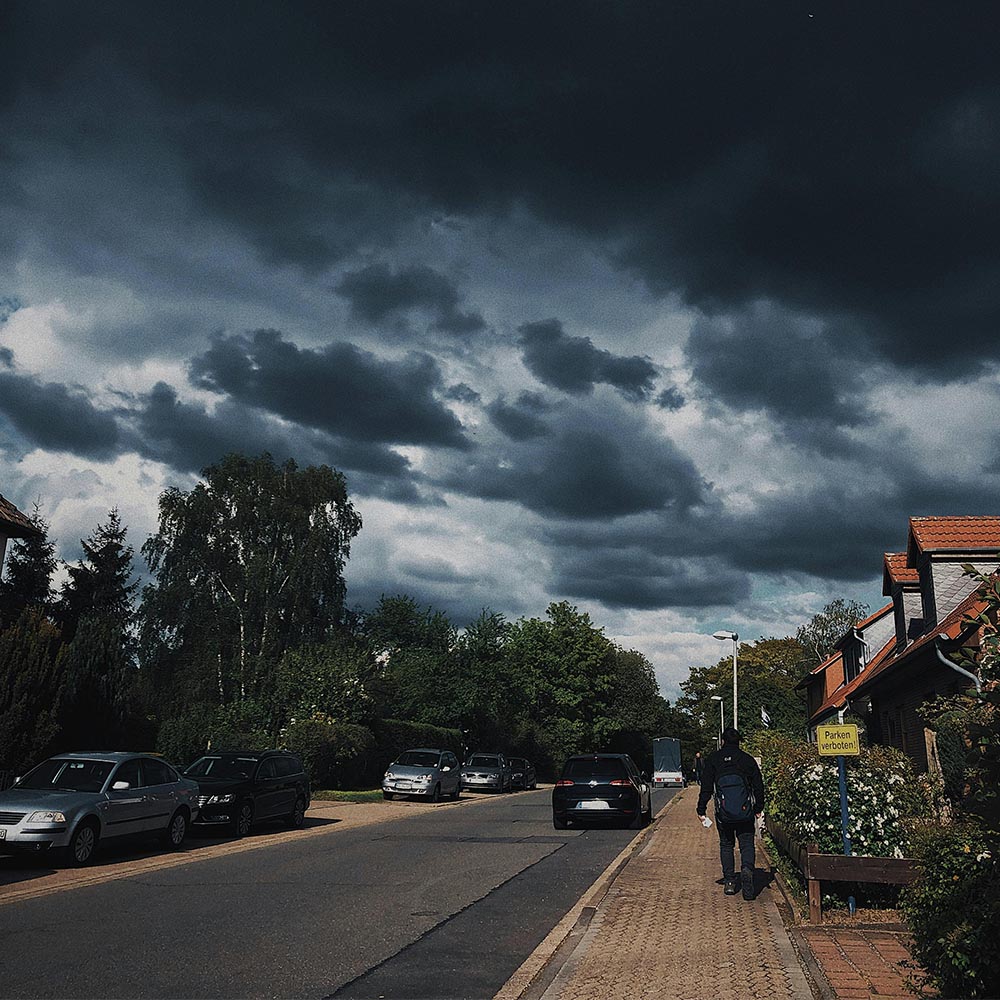Weathering the Storm: Safeguarding Your Home During Hurricane Season

As we approach another hurricane season, the specter of powerful storms looms large for many coastal and even inland communities. Beyond the immediate impact on infrastructure and daily life, hurricanes can wreak havoc on homes, posing significant risks to safety and security. Let’s delve into some essential measures and considerations to protect your home during this unpredictable time.
Preparation is Key
Preparing your home well in advance of a hurricane’s arrival can make all the difference. Here are some crucial steps to take:
- Secure Doors and Windows: Reinforce windows with storm shutters or plywood boards. Ensure all doors have sturdy locks and hinges to withstand strong winds.
- Clear Surroundings: Trim trees and bushes around your home to minimize the risk of falling branches. Secure outdoor furniture, grills, and other items that could become projectiles in high winds.
- Roof Inspection: Have your roof inspected regularly to identify and repair any weaknesses that could lead to leaks or structural damage during a storm.
- Backup Power: Consider investing in a generator to maintain essential appliances and lighting in case of power outages. Make sure it’s installed and tested well ahead of hurricane season. It’s also smart to invest in backup lighting like BriteOwl from Owl Power Solutions to light the way to your emergency supplies.
- Emergency Supplies: Stock up on essentials such as non-perishable food, water, medications, flashlights, batteries, and first aid supplies. Keep these items in a designated safe place that’s easily accessible.
During the Storm
When a hurricane is imminent, it’s crucial to prioritize safety above all else:
- Stay Informed: Keep abreast of weather updates and evacuation orders issued by local authorities. Have a battery-powered radio or access to a weather app for real-time information.
- Secure Important Documents: Gather important documents like insurance policies, IDs, and medical records and store them in a waterproof and easily accessible container.
- Stay Indoors: Once the storm hits, stay indoors and away from windows. Avoid using candles for lighting, as they pose fire hazards. Use flashlights instead.
- Monitor for Leaks: Keep an eye out for any signs of water intrusion or roof damage. If safe to do so, place buckets or towels to catch leaks and minimize water damage.
After the Storm
Once the hurricane has passed, the danger isn’t over. Here’s what to do in the aftermath:
- Safety Check: Assess your home for any damage or hazards, such as downed power lines or gas leaks. Do not enter floodwaters or heavily damaged areas until they have been deemed safe.
- Document Damage: Take photos or videos of any damage to your property. This documentation will be essential when filing insurance claims.
- Contact Your Insurance Provider: Promptly contact your insurance company to start the claims process. Be prepared to provide thorough documentation of the damage.
- Clean Up Safely: Wear protective gear (e.g., gloves, boots) when cleaning up debris to avoid injury or exposure to contaminants.
- Long-Term Repairs: Work with qualified professionals to assess and repair any structural damage to your home. Address water damage promptly to prevent mold and further deterioration.
Conclusion
While the effects of hurricane season on home safety can be daunting, proactive preparation and swift action can significantly mitigate risks and protect your property. By taking these steps, you not only safeguard your home but also ensure the safety and well-being of yourself and your loved ones during this challenging time. Stay informed, stay prepared, and stay safe.
